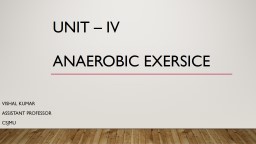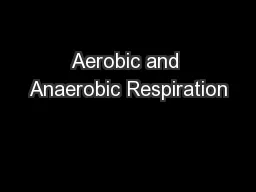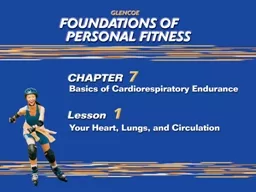PPT-UNIT – IV ANAEROBIC EXERSICE
Author : madison | Published Date : 2023-11-07
VISHAL KUMAR ASSISTANT PROFESSOR CSJMU Basic principles of resistance training Program your overall fitness program is composed of various exercise types such
Presentation Embed Code
Download Presentation
Download Presentation The PPT/PDF document "UNIT – IV ANAEROBIC EXERSICE" is the property of its rightful owner. Permission is granted to download and print the materials on this website for personal, non-commercial use only, and to display it on your personal computer provided you do not modify the materials and that you retain all copyright notices contained in the materials. By downloading content from our website, you accept the terms of this agreement.
UNIT – IV ANAEROBIC EXERSICE: Transcript
Download Rules Of Document
"UNIT – IV ANAEROBIC EXERSICE"The content belongs to its owner. You may download and print it for personal use, without modification, and keep all copyright notices. By downloading, you agree to these terms.
Related Documents














